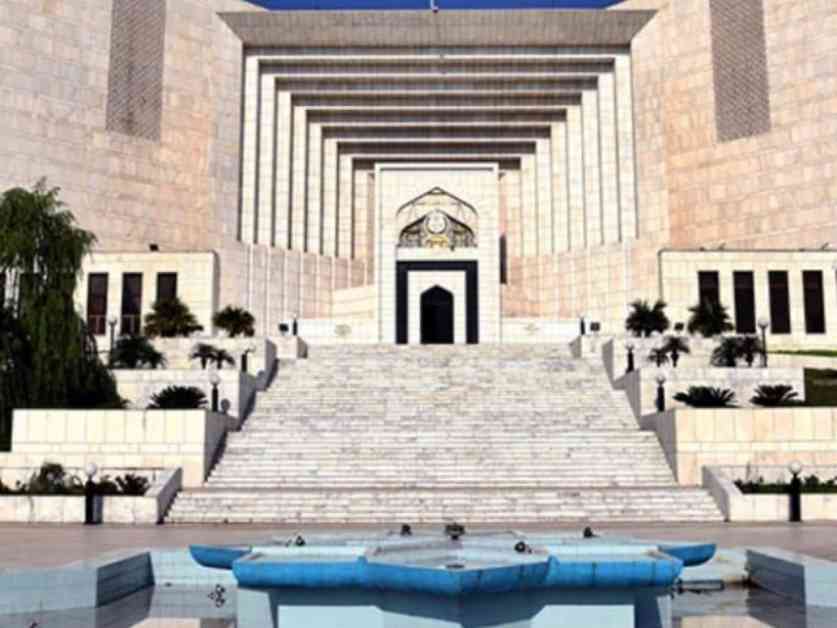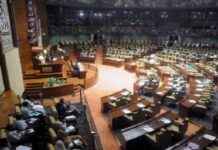In a recent hearing of intra-court appeals challenging the legality of civilian trials in military courts, the Supreme Court’s constitutional bench sparked a debate on the court-martial of civilians under international law. Justice Naeem Akhtar Afghan emphasized that international law does not explicitly prohibit the court-martial of civilians, raising critical questions about adherence to international regulations.
During the proceedings, Justice Jamal Khan Mandokhel delved into the implications of countries failing to comply with international standards, setting the stage for a seven-member bench, led by Justice Aminuddin Khan, to explore the nuances of civilian trials in military courts. As the lawyer of the accused from the May 9th incident, Arzam Junaid, Salman Akram Raja, presented his arguments, shedding light on the complexities and controversies surrounding court-martialing civilians.
Raja emphasized the fundamental principles of a fair trial, stressing that international standards mandate public, fair, and transparent trials with decisions made publicly available. He drew attention to the global practice of appealing decisions from military tribunals, highlighting a European court ruling that prompted many nations to revise their court-martial procedures.
The discourse between Justice Mandokhel and Raja underscored the significance of adhering to international principles, particularly in ensuring the transparency and fairness of trials. Raja’s references to the UK’s judicial practices and the scrutiny of Pakistan’s military justice system by international bodies added layers of complexity to the ongoing debate.
Furthermore, the exchange between Raja and Justice Naeem Akhtar Afghan, coupled with anecdotes about court-martial cases and personal encounters, humanized the legal proceedings. Raja’s poignant narrative about an individual involved in the May 9th events provided a glimpse into the societal implications of legal decisions, adding a relatable touch to the complex legal arguments.
As the hearing unfolded, various justices raised pertinent questions and concerns, shedding light on the intricacies of constitutional interpretation and the historical context of military courts. The arguments presented by Raja and the subsequent responses from the bench highlighted the nuanced nature of legal debates and the far-reaching implications of judicial decisions.
In conclusion, the Supreme Court adjourned the hearing on military courts, paving the way for further deliberations and legal discourse. The diverse perspectives and expert insights shared during the proceedings underscored the multifaceted nature of legal issues surrounding civilian trials in military courts, leaving room for continued exploration and debate on the intersection of international law and domestic judicial practices.









